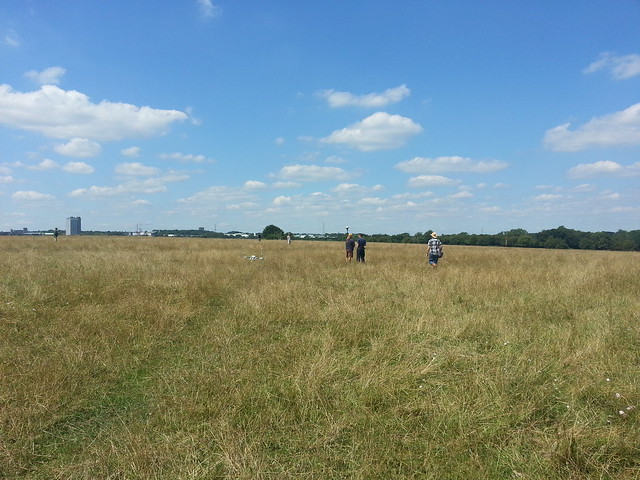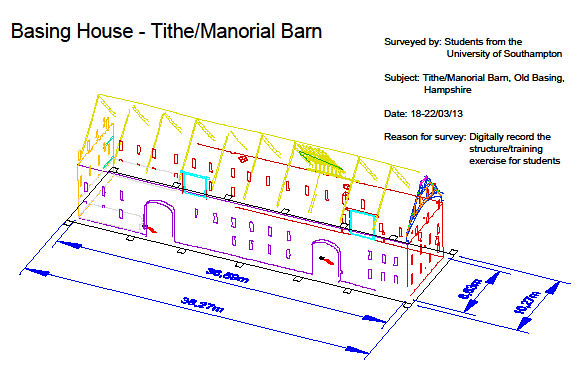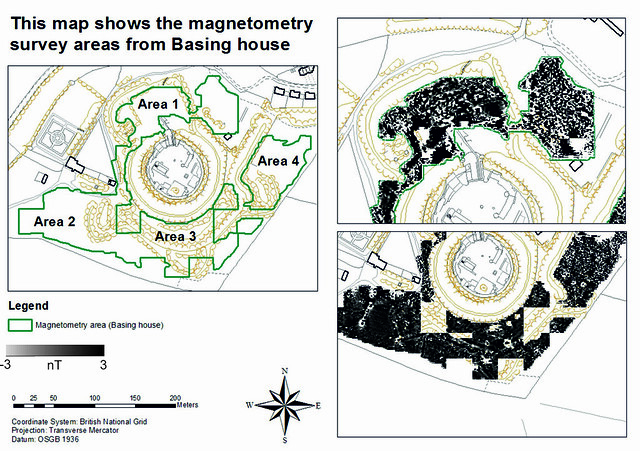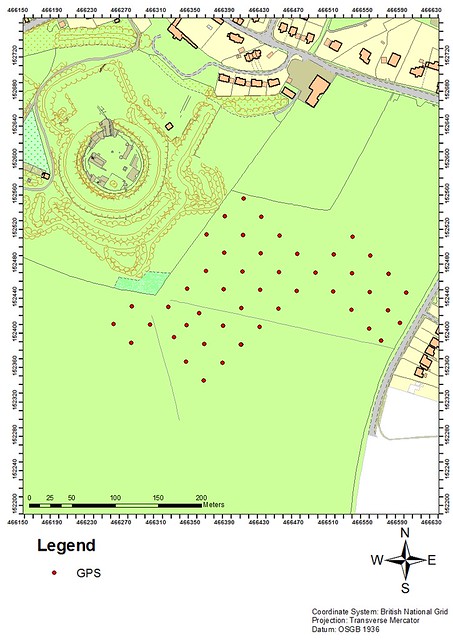
The 2014 Basingstoke Common Survey
Will Heard, who is about to embark on the Archaeological Computing Masters programme at the University of Southampton, has written a blog post summarising his time with us at Basing House this season. Will was working closely with Dom Barker, who headed up the survey of Basingstoke Common.
Will is an important member of our team and we are really appreciative of his volunteering to take part in both the 2013 and 2014 seasons.
Continue reading →



